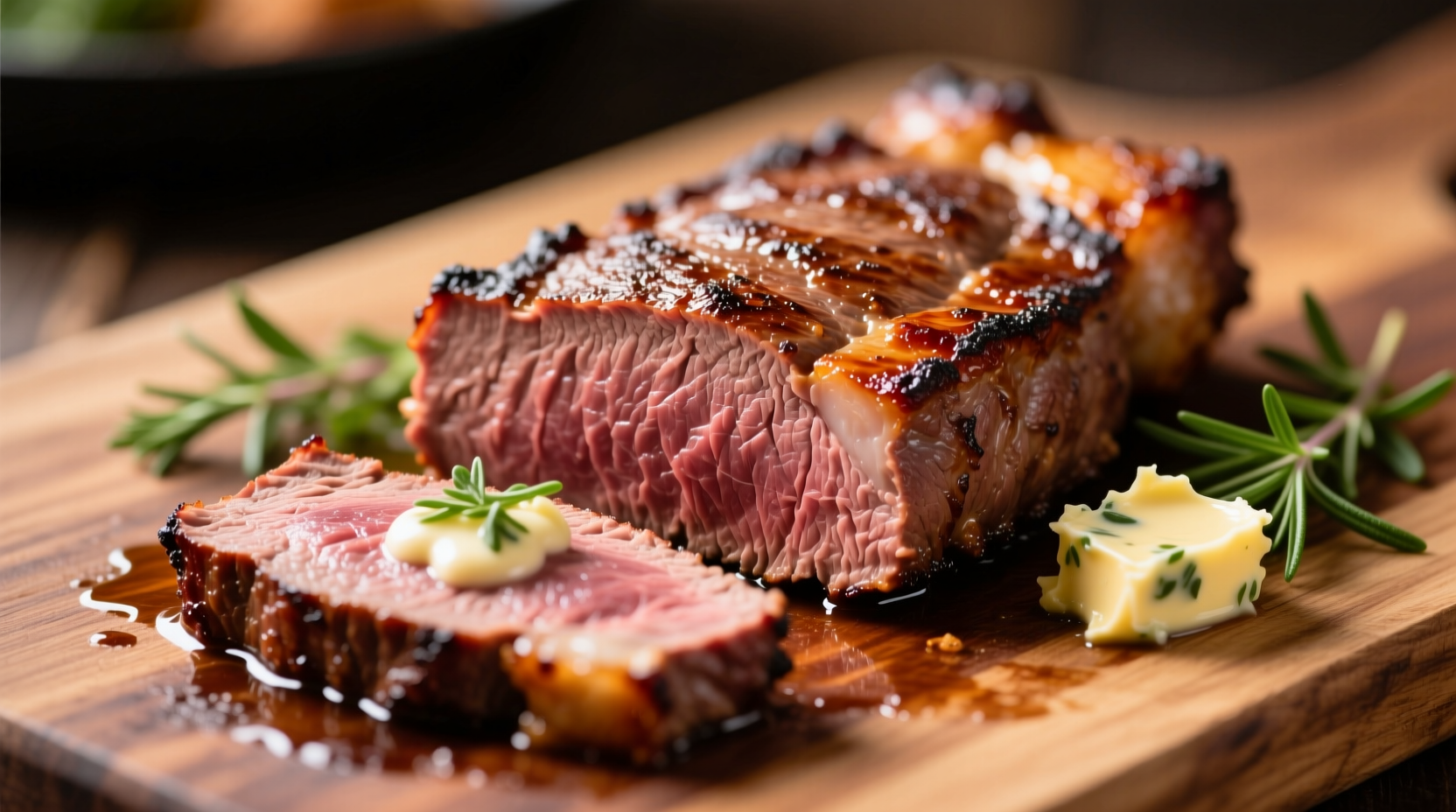The Ultimate Guide to Perfectly Roasted Beef Tenderloin
Nothing impresses guests quite like a perfectly cooked beef tenderloin. This lean, tender cut deserves precise attention to temperature and timing. Get it right, and you'll serve melt-in-your-mouth perfection. Get it wrong, and you've wasted an expensive cut. Let's ensure your next roast tenderloin becomes your signature dish.
Why Temperature Matters More Than Time
While "how long to cook tenderloin in oven" is a common search, experienced chefs know time alone is unreliable. Oven variances, starting meat temperature, and tenderloin thickness dramatically affect cooking duration. The USDA Food Safety and Inspection Service emphasizes that internal temperature is the only reliable indicator of doneness and safety for beef products.

Your Step-by-Step Tenderloin Timeline
Preparation (30-60 Minutes Before Cooking)
- Bring to room temperature: Remove tenderloin from refrigerator 30-60 minutes before cooking. Cold meat cooks unevenly.
- Trim excess fat: Remove only hard fat deposits—some fat enhances flavor during roasting.
- Season generously: Coat with olive oil, then apply salt, pepper, and your preferred herbs (rosemary and thyme work beautifully).
The Roasting Process (20-35 Minutes)
- Preheat oven to 425°F (220°C) for optimal searing and even cooking
- Place tenderloin on a rack in a roasting pan (don't crowd the pan)
- Roast without opening the oven for the first 15 minutes
- Reduce heat to 375°F (190°C) if cooking larger cuts (over 2.5 lbs)
- Check internal temperature 5-10 minutes before expected finish time
Doneness Verification: The Critical Step
Insert an instant-read thermometer into the thickest part of the tenderloin, avoiding fat pockets. Here's your precise temperature guide:
| Doneness Level | Internal Temperature | Approximate Cooking Time* | Visual Characteristics |
|---|---|---|---|
| Rare | 120-125°F (49-52°C) | 18-22 minutes | Bright red center, very soft to touch |
| Medium-rare | 130-135°F (54-57°C) | 20-25 minutes | Warm red center, slightly firm yet yielding |
| Medium | 140-145°F (60-63°C) | 25-30 minutes | Pink center, firm but still juicy |
| Medium-well | 150-155°F (66-68°C) | 30-35 minutes | Slightly pink center, quite firm |
| Well-done | 160°F+ (71°C+) | 35+ minutes | No pink, very firm (not recommended for tenderloin) |
*For 1.5-2 lb tenderloin at 425°F; times vary based on oven and meat thickness. Always verify with thermometer.
Resting: The Secret to Juicy Results
Never skip this crucial phase when determining how long to cook tenderloin in oven. After removing from oven:
- Transfer to cutting board and tent loosely with foil
- Rest for 10-15 minutes (larger cuts need more time)
- Internal temperature will rise 5-10°F during resting (carryover cooking)
- Cutting too soon releases precious juices onto the board
Common Mistakes That Ruin Tenderloin
- Not using a thermometer: Time-based estimates fail with oven variations
- Overcooking: Tenderloin dries out quickly past 140°F
- Cutting too soon: Resting allows juices to redistribute
- Uneven thickness: Tie with kitchen string for consistent cooking
- Crowding the pan: Prevents proper air circulation and browning
Adjusting for Different Oven Types
Convection ovens cook 25% faster than conventional ovens. When using a convection setting for how long to cook tenderloin in oven, reduce temperature by 25°F or shorten cooking time by 15-20%. Gas ovens often have hot spots—rotate the pan halfway through cooking for even results.
Pro Tips for Restaurant-Quality Results
- Reverse sear method: For thicker cuts, start at 275°F until 115°F internal, then sear at 450°F for crust
- Herb crust: Press minced garlic and fresh herbs onto the meat before roasting
- Temperature probe: Insert an oven-safe thermometer for continuous monitoring
- Carryover cooking: Remove tenderloin 5°F below target temperature
When Things Go Wrong: Salvage Techniques
Overcooked tenderloin doesn't have to be ruined. Thinly slice against the grain and serve with a flavorful sauce like béarnaise or mushroom demi-glace. For uneven cooking, separate perfectly cooked sections from overdone portions when slicing. Remember that proper resting can rescue slightly overcooked meat by allowing juices to redistribute.











 浙公网安备
33010002000092号
浙公网安备
33010002000092号 浙B2-20120091-4
浙B2-20120091-4